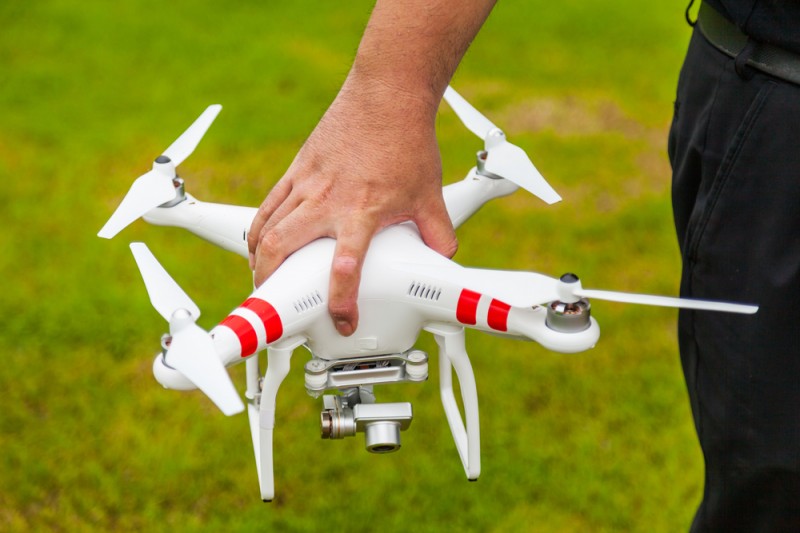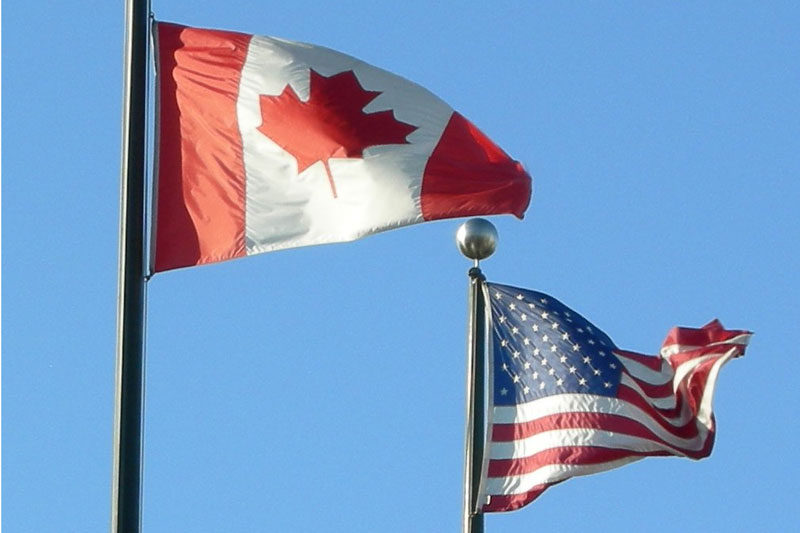Small UAV Regulations in The US v. Canada. Why Can’t the US Follow the Lead?
We have posted news the other day about FAA announcing that some small drone regulations should be in place by the end of the year. Here is a small comparison on what the situation is in Canada as compared to the US.
When Canadians attempt to characterize aspects of Canadian culture, it’s not uncommon to draw comparisons with the US. It makes sense to begin by stating that the regulatory framework in Canada is quite distinct from that of the US – here’s why…
In Canada, commercial operators can apply to obtain Special Flight Operations Certificates (SFOCs) from Transport Canada. It takes Transport Canada about 20 days to assess applications, and last year the agency issued 945 SFOCs to applicants representing a variety of industries including aerial videography, agriculture and oil and gas.
Generally, the Canadian UAV regulations do not establish bright line rules governing drone operations – for instance they do not specify whether you need a pilot’s license to complete a commercial drone flight, or whether it is permitted to fly beyond the visual line of sight. Rather, Transport Canada assesses applications using a case-by-case approach. In order to obtain approval, applicants must show that they can mitigate operational risks to an acceptable level.
In the US, many small commercial drone operators have been forced to operate in a legal limbo under constant threat of possible FAA enforcement action while lawsuits challenging the FAA’s position wind their way through the Court of Appeals. This is because the FAA has issued a regulatory interpretation that asserts that any non-hobby or recreation flights by small unmanned aerial vehicles are illegal without specific FAA authorization. Only seven operators have received FAA authorization to date – via regulatory exemptions – to operate commercially. And those exemptions carry onerous requirements. For example, the six so-called Hollywood exemptions require the drone operator to hold a private pilot certificate. If this doesn’t sound particularly onerous for an unmanned vehicle weighing 55 pounds and under, bear in mind that 1300 pound manned airplanes, carrying a pilot and a passenger, can be flown legally in the United States under FAA rules with no private pilot’s license. It’s hard to understand why an unmanned vehicle weighing a fraction of that amount would require a pilot’s license.

In the meanwhile, our neighbor to the north has had a well-defined process for UAV operators to get commercial approval to fly since at least 2008. Now Transport Canada, Canada’s FAA equivalent, has announced two exemptions that will make it even simpler for small UAVs to operate. Under the new exemptions, “a Special Flight Operations Certificate will not be required for UAVs under 2 kilograms and certain operations involving UAVs under 25 kilograms. The new approach will apply to commercial operations and contribute to a strong safety regime for those on the ground and in the skies.” The exemptions will go into effect later in the month and require compliance with certain requirements, including operating within line-of-sight, maximum altitudes and away from congested areas and airports. At the same time, Canada announced that it is simplifying the application process and reducing the time it takes to get authorization to fly larger UAVs.

In my opinion, Canada’s approach shows a considered balance between the potential safety risks of these unmanned aerial vehicles and the important technological promise these vehicles bring to many fields. The FAA should strongly consider a “blanket” exemption for very small UAVs with similar safety restrictions and a simpler, less onerous process for commercial operation of larger UAVs.





